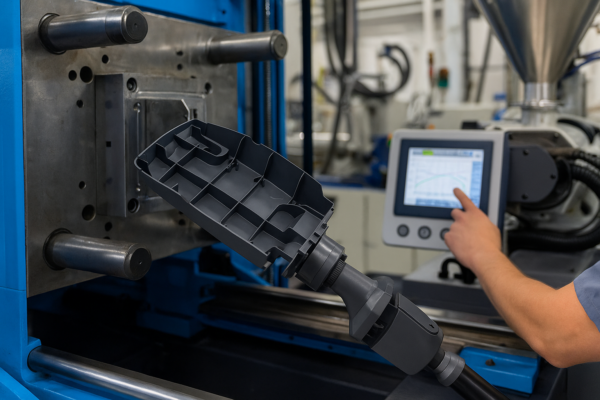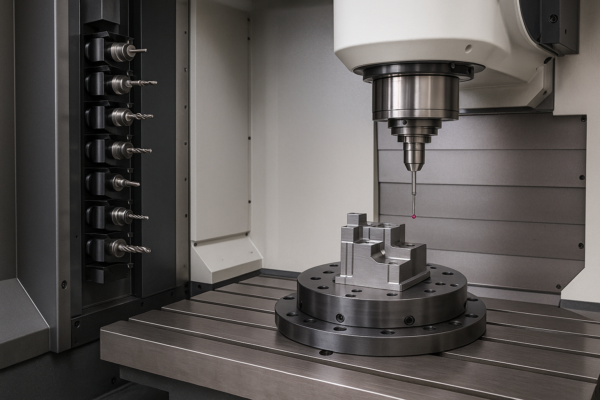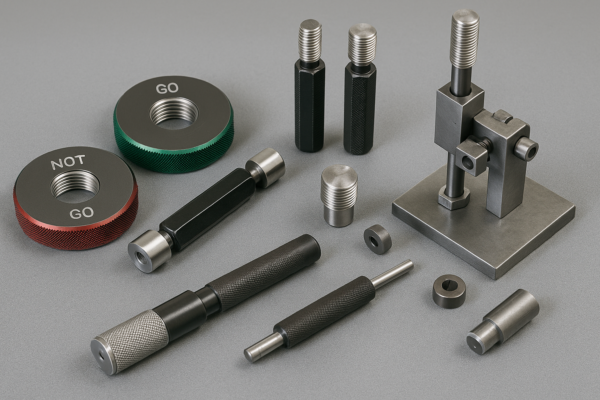Sheet Metal Assembly Techniques: Welding, Fastening, and Riveting Compared
Why Assembly Technique Matters in Sheet Metal Fabrication

I’ve worked with manufacturers where a poor choice of joining method led to rework, failures, or even customer recalls. That’s avoidable. A well-selected sheet metal assembly technique enhances durability, appearance, and speed. Whether you’re producing telecom enclosures, solar frames, or server cabinets, the right joining approach ensures long-term reliability. For deeper insights, refer to guidance from the SME Manufacturing Knowledge Base or MIT’s sheet metal design guidelines.
MIG, TIG, and Spot Welding in Sheet Metal Fabrication

Each welding method serves a specific purpose. Choosing the right one depends on material, precision, and volume.
| Welding Type | Best For | Pros | Limitations |
|---|---|---|---|
| MIG | Steel brackets, structural | Fast, cost-effective, strong for thick joints | Spatter, lower finish quality |
| TIG | Stainless, aluminum, thin | High precision, excellent aesthetics | Slow, operator dependent |
| Spot Welding | Automotive, electronics | Fast cycle time, robotic compatibility | Overlap required, limited material types |
MIG (Metal Inert Gas) welding is widely used in industries like automotive manufacturing due to its speed and cost-efficiency. TIG (Tungsten Inert Gas) welding, commonly applied in food processing equipment, delivers excellent finishes and strength. Spot welding is ideal for overlapping joints in electronics and appliances as outlined in T. J. Snow’s welding resources.
Screws vs. Rivets vs. Snap Fits: Which Is Right for Your Product?
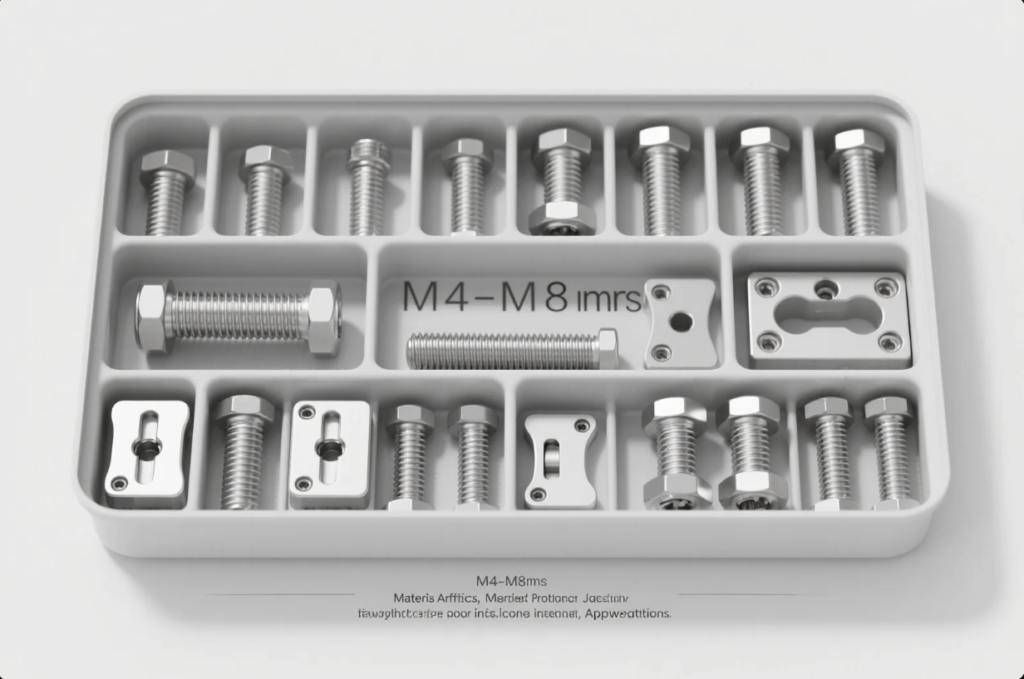
Mechanical fastening allows disassembly and modularity. Here’s how common methods compare:
| Type | Reusability | Speed | Cost | Best For |
|---|---|---|---|---|
| Screws | High | Medium | Medium | Serviceable assemblies |
| Rivets | Low | Fast | Low | Permanent joints, thin sheet |
| Snap Fits | None | Very Fast | Very Low | Plastic-metal hybrid enclosures |
Screws, as found in PennEngineering fastener catalogs, are reusable and ideal for telecom or aerospace. Rivets from brands like Stanley POP offer permanent strength in HVAC and automotive panels. Snap-fit design, widely taught in institutions like MIT, works well for compact electronics.
Ensuring Strength and Precision in Complex Assemblies
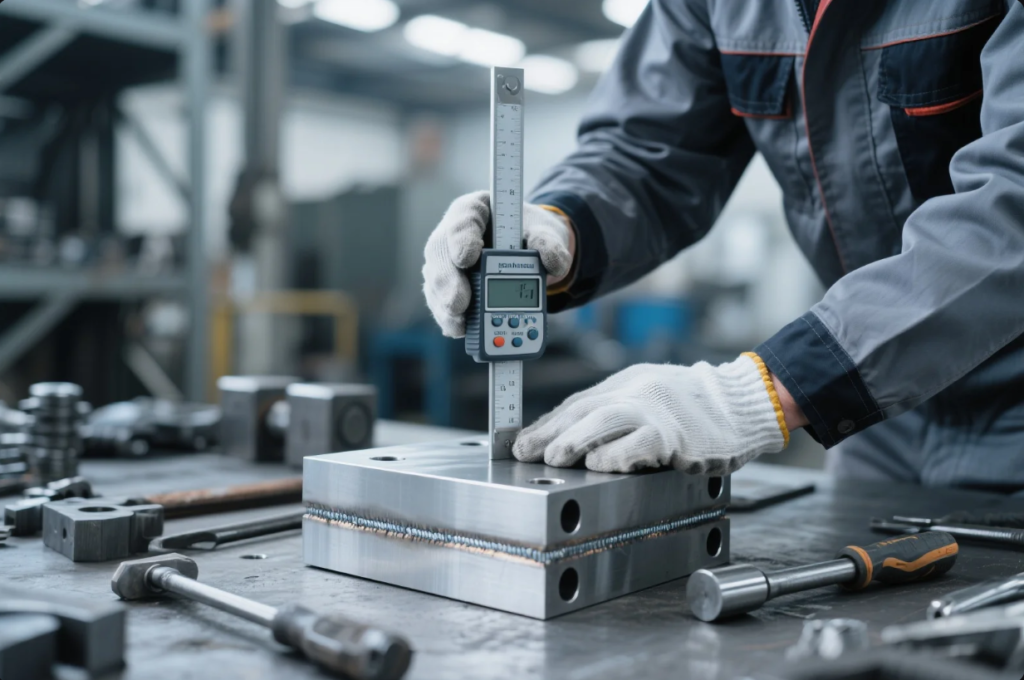
Tolerances and joint strength directly affect product performance. Engineers rely on ASME Y14.5 GD\&T to define features, while simulation tools like SolidWorks Simulation or ANSYS help predict real-world behavior. To control distortion, we use Starrett granite surface plates, monitor with FLIR thermal imaging, and set torque values using Bossard’s specification charts.
Best Practices for Quality Control in Sheet Metal Assemblies
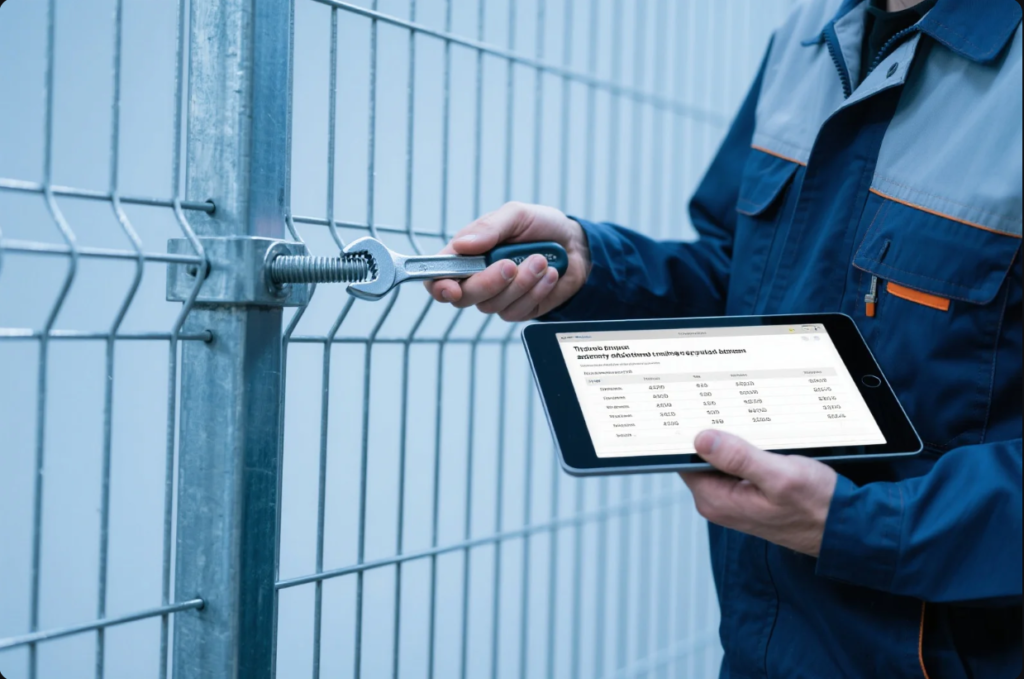
Quality control is more than final inspection—it’s proactive and data-driven. At Prime, incoming materials are verified using Olympus XRF analyzers, SPC data is collected with Mitutoyo CMM tools, and fastener torque is checked using Norbar torque wrenches. Visual inspections follow standards like IEC 60529, and full documentation is maintained per ISO 9001.
FAQs About Sheet Metal Assembly
Q1: What’s the minimum wall thickness for TIG welding stainless? 0.6 mm with proper pulse settings.
Q2: Can you provide RoHS-compliant fasteners? Yes, sourced from Würth or PEM.
Q3: Do you offer PPAP or FAI documents? Yes, we follow AIAG PPAP standards.
Q4: Can you join dissimilar materials? Yes, using adhesives like Loctite structural bonding.
Q5: What’s your max part size? 2000mm x 1200mm assemblies.
Q6: Do you support cleanroom-compatible builds? Yes, up to Class 10k standards.
Contact Prime for Certified Assembly Support
📩 Email: [email protected]
🌐 Website: https://primecustomparts.com
🏭 Location: Shandong, China
📦 Capabilities: MIG/TIG/Spot Welding, Mechanical Fastening, QC Inspection, Global Shipping
Get a free quote, technical review, and world-class support for your next metal assembly project. We reply within 24 hours.




